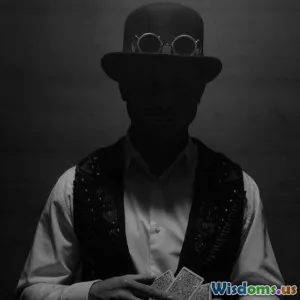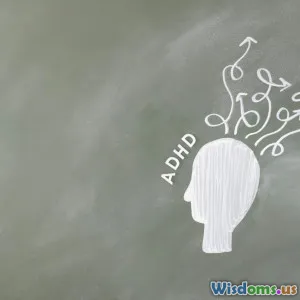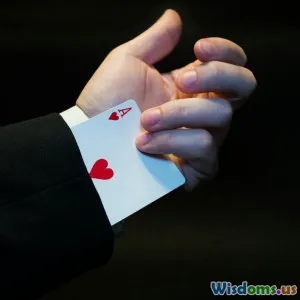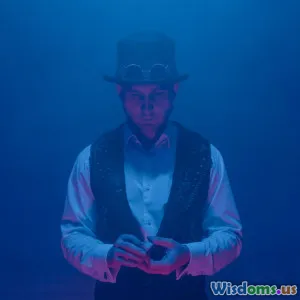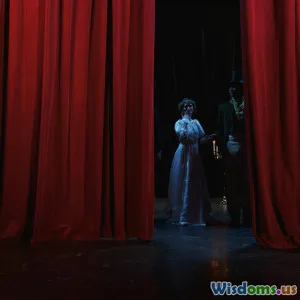
Creating Illusions: The Magician's Guide
6 min read Unlock the secrets of magic with practical tips and techniques for creating illusions that captivate audiences. (0 Reviews)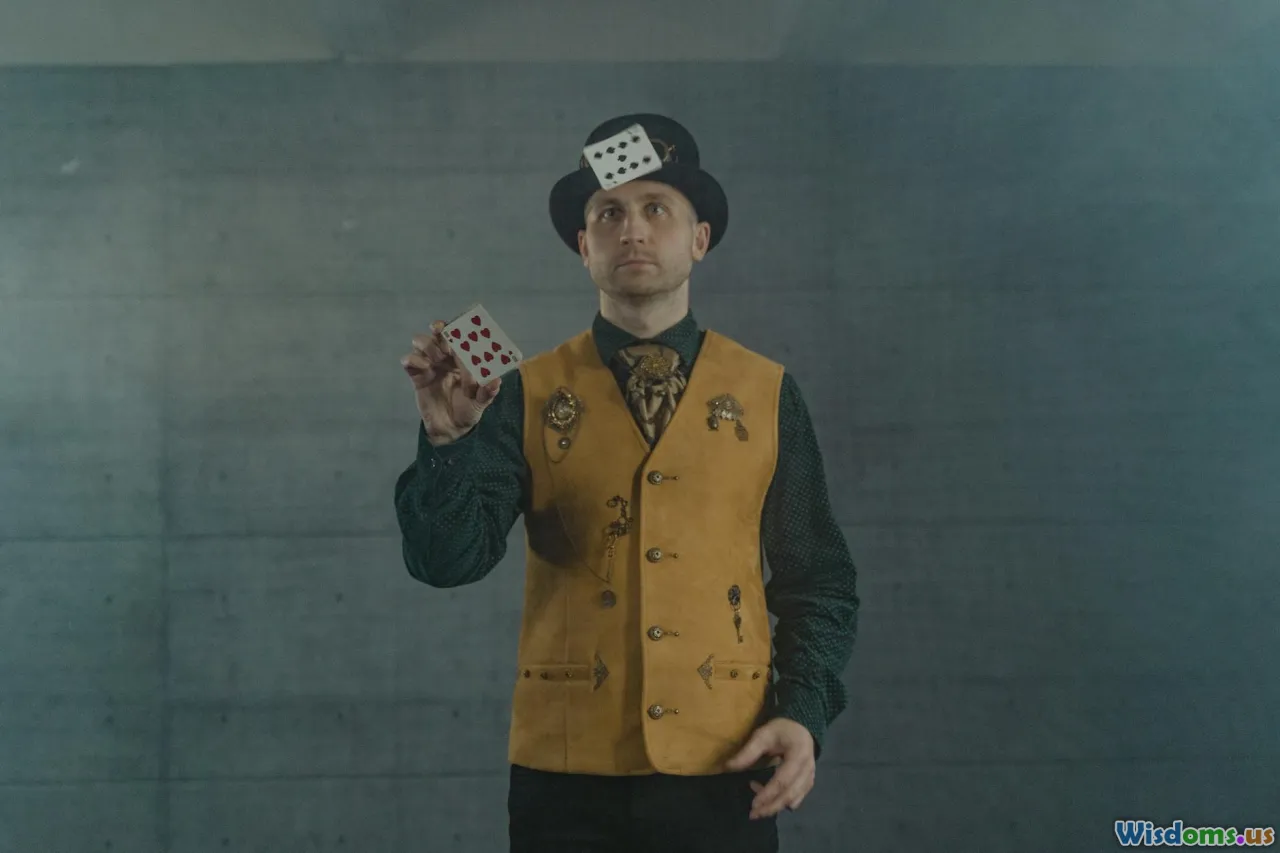
Creating Illusions: The Magician's Guide
Magic has fascinated humanity for centuries, drawing crowds into a world where the impossible becomes possible. The art of illusion isn't just about tricks; it's about storytelling, psychology, and performance. In this guide, we will explore the essential components of creating illusions that not only amaze but also connect with audiences on a deeper level.
Understanding the Basics of Illusion
Before diving into specific techniques, it’s crucial to understand what defines a magic illusion. At its core, an illusion is a deceptive appearance or a trick that misleads the audience's perception. The key is to create a moment of disbelief, allowing spectators to suspend their logical reasoning.
The Elements of an Illusion
-
Misdirection: This is the cornerstone of any magician’s toolkit. Misdirection involves guiding the audience's attention away from the method or the mechanics of the trick. It can be achieved through verbal cues, gestures, or even the pacing of the performance.
- Example: A magician might engage the audience with a story or joke while subtly executing a crucial move.
-
Timing: The timing of an illusion can make or break the effect. A well-timed reveal can elicit gasps and applause, while poor timing can lead to confusion or embarrassment.
- Practice Tip: Rehearse your routine multiple times, focusing on the rhythm and flow to ensure your timing is impeccable.
-
Presentation: The way an illusion is presented can transform a simple trick into a memorable experience. This includes everything from your choice of costume to the setting of the performance.
- Engagement: Involve the audience by asking them to participate, turning them from passive observers into active participants.
Types of Illusions
Magic can be broadly categorized into various types of illusions. Here, we will discuss some popular forms:
1. Manipulation
Manipulation involves the magician performing sleight-of-hand tricks, such as card tricks or coin vanishes. These require extensive practice and precision.
- Technique: Focus on finger dexterity and practice in front of a mirror to refine your technique.
2. Escapology
This is the art of escaping from restraints, such as handcuffs or locked boxes. It relies heavily on the magician’s ability to create tension and suspense.
- Example: Harry Houdini’s famous underwater escapes created a sense of danger, captivating audiences around the world.
3. Stage Illusions
These are larger-scale illusions that often involve props, assistants, and elaborate setups, such as disappearing a large object or making a person float.
- Notable Example: David Copperfield’s famous illusion of making the Statue of Liberty disappear.
The Role of Psychology in Magic
Understanding the psychology behind how audiences perceive magic can significantly enhance your performance. Here are some psychological principles that can be applied:
- Expectation: Audiences come to a magic show with preconceived notions about what they will see. Use this to your advantage by setting up expectations and then subverting them.
- Surprise: The element of surprise is essential in magic. By leading the audience in one direction and then revealing an unexpected outcome, you can create a powerful emotional response.
Crafting Your Own Illusions
To create your own illusions, consider the following steps:
- Conceptualize: Think of a story or theme that resonates with you. Every illusion should have a narrative.
- Design: Plan the mechanics of your illusion. What props will you need? What will the setup look like?
- Rehearse: Perform your illusion repeatedly until it feels natural. Practice in front of friends or family for feedback.
- Polish: Take feedback seriously and refine your performance until it flows seamlessly.
Conclusion
Creating illusions is an art that combines creativity, psychological insight, and technical skill. Whether you are a budding magician or someone interested in the craft, understanding the principles behind illusions can enhance your appreciation for the art of magic. Remember, the goal is not just to fool the audience but to create an unforgettable experience that leaves them in awe. So gather your props, engage your audience, and let the magic unfold!
Rate the Post
User Reviews
Popular Posts











